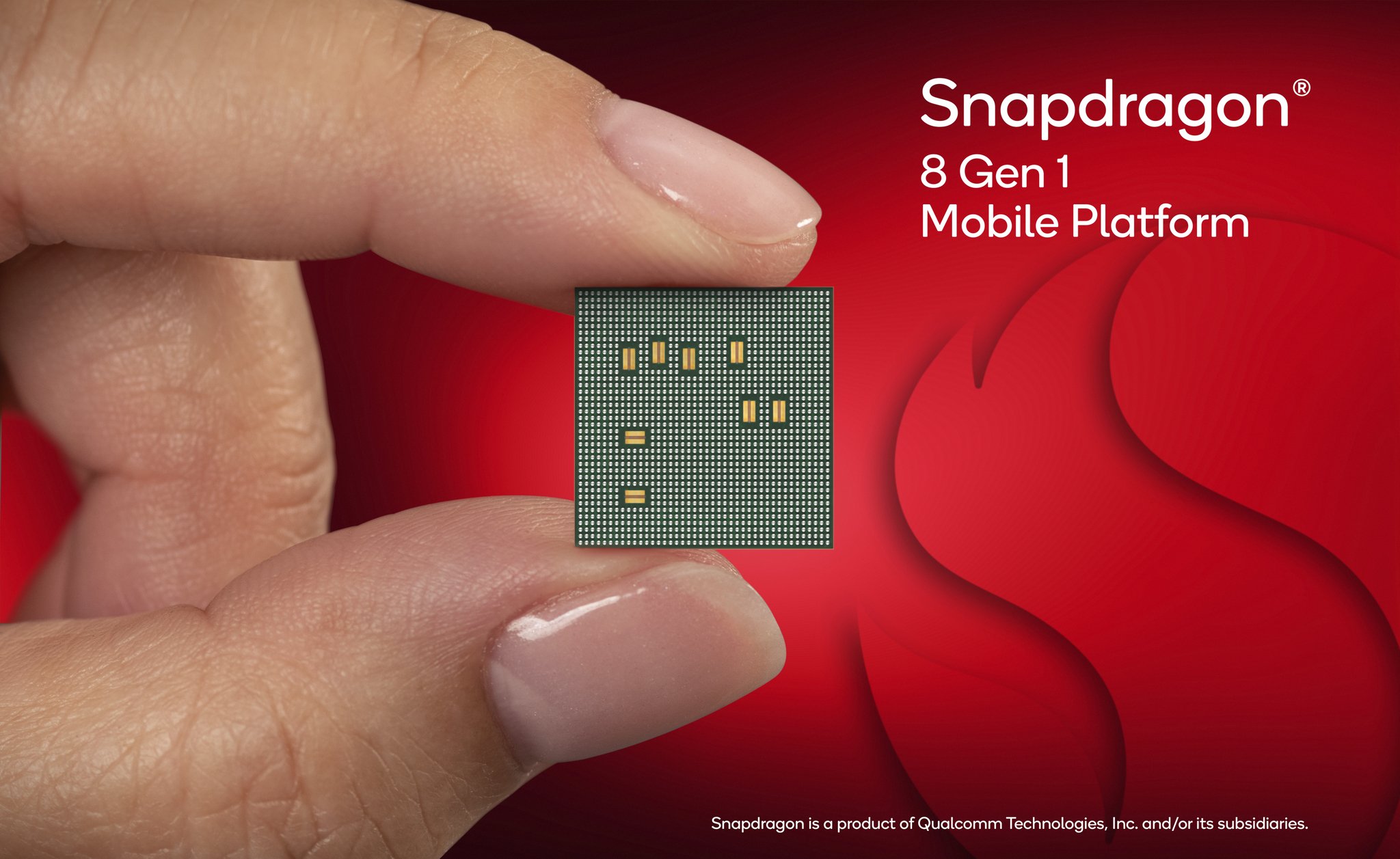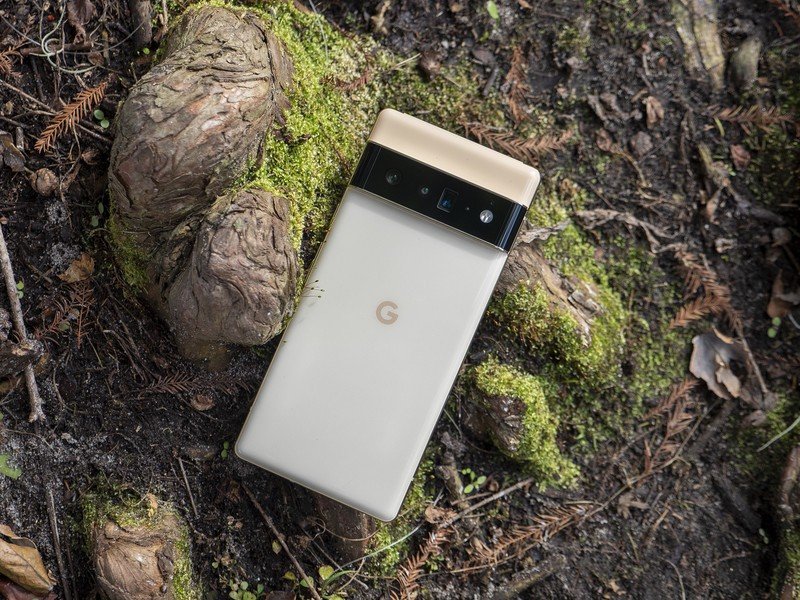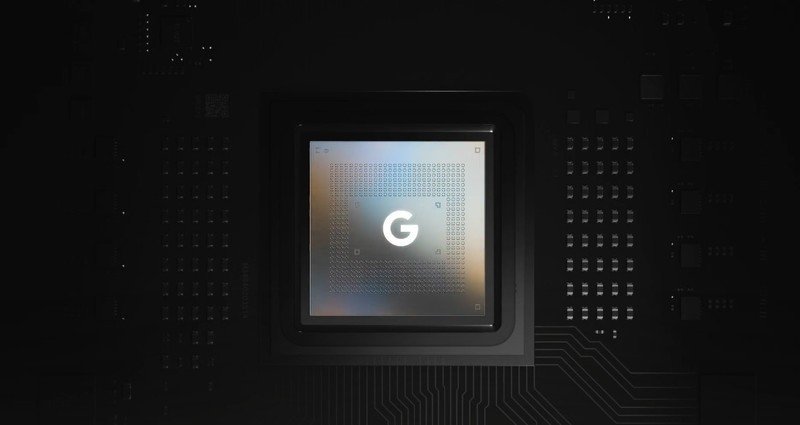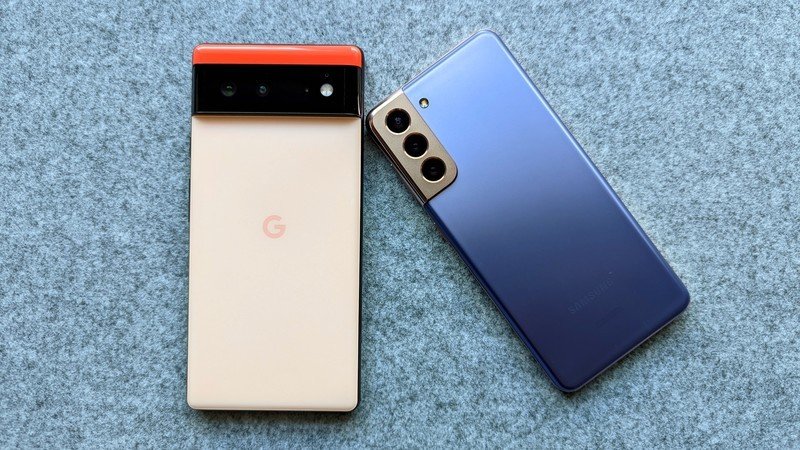Comparing the Snapdragon 8 Gen 1 to the Google Tensor ignores what's great about both

There has been plenty of talk about how the new Qualcomm Snapdragon 8 Gen 1 compares to its competition. This makes sense as everyone loves to speculate how any new product will fare compared to current and future products, even if much of it is still just a guess. Tech enthusiasts are just wired that way.
Qualcomm is facing tougher competition than ever before, too. The presumed rise of MediaTek has certainly been noticed by Qualcomm, and if products like the new Dimensity series are as good in the real world as they are on paper, Qualcomm must address it by releasing its own amazing new line of chips. And it has; despite some areas of lackluster improvement, real gains in key areas should make the Snapdragon 8 Gen 1 (I'm already tired of typing that silly name) the best chip the company has ever released.
Having said all of this, there is one thing we should remember when we're reading or talking about how one chip matches up against another — Apple and Google aren't part of the conversation the same way chips from Qualcomm, Samsung, and MediaTek are.
Build once, run anywhere

That's a popular saying among software developers about building an application that can run on almost any machine, even if the hardware and supporting software are very different. It goes for Java applications as well as Android applications, and the spirit of the saying applies to products from Qualcomm.
Qualcomm is a fantastic company that builds products that work exceptionally well across a wide range of devices. You'll find Qualcomm chips inside the best Android phones as well as the cheapest Android phones. Your Wi-Fi router could be using a Qualcomm chip, and so could your watch. In short, Qualcomm makes chips that power billions of smart devices from hundreds of different manufacturers with thousands of different hardware configurations.
Seeing Qualcomm make products that work so well inside billions of different devices is amazing.
At the opposite end of the spectrum are chips designed to power just a few very specific products, which is what we see from Google with its Tensor chip. We also see this from Apple, but we're going to stick with Google as our example because it says Android Central at the top of this page.
Right now, the Google Tensor is only inside two phones that are very close to each other when it comes to the other hardware inside them and the software that powers it all. In reality, the Pixel 6 isn't that different from something like the Galaxy S21 or even something like an inexpensive phone from Motorola or HMD/Nokia. They're smartphones that run a variant of Android and provide the same basic functions and features to the end-user.
Be an expert in 5 minutes
Get the latest news from Android Central, your trusted companion in the world of Android

It's when you move past these basic features and functions that the Google Tensor matters and becomes part of the conversation. Google didn't design a chip that would use brute force to power through its custom features because that's not how Google operates. Instead, the company tries — and often as not fails — to finesse its way through.
The Google Tensor is a high-end chip designed by Samsung with a few extras intended to provide the power behind a small number of features unique to the "Google Pixel experience." That's simplifying things, of course, but if you think about it this way, nobody could say you were wrong. The jury is still out how successful this will be, but when you're a company with as much money as Google, you can afford to try to make small, expensive changes and expect a big impact.
Qualcomm and Google make money in very different ways, but both are successful.
Some of these features can be made available to devices using a "generic" chip from Qualcomm, and we've seen that year after year from previous Pixel phones. Others can't, at least not yet, and are features that are only offered on the Pixel 6. You might think these features are great, or you might think they are insignificant, and either way, you are right. Only you know what you like. But they are device-specific for a reason: Google built special hardware inside the Tensor SoC to power them.
Qualcomm is unable to do the same. Not from a lack of ability; Qualcomm could probably design a better "Pixel-specific" chip than Google could right now because of its experience with making smartphone chips. I said we wouldn't talk about Apple earlier, but this is the most straightforward example — it took Apple a long time before deciding its own chips were ready to replace Intel processors in the Mac line of products. Apple's designs in the iPhone line started out "good enough," but year after year, we all saw how much better they made the iPhone. In 2021, the Google Tensor was "good enough" to replace a product from Qualcomm.

That's not saying the Tensor is better than any product from Qualcomm because on many levels it's clearly not. But it is better at a few specific things because it was designed to do these things, and no products from Qualcomm have been. Google feels like these things offer the difference that makes a Pixel phone worth buying.
Google couldn't build a chip like the Snapdragon 8 Gen 1. But it isn't trying to build one.
Qualcomm building a product like the Snapdragon 8 Gen 1 that will (I'm certain of this) perform well regardless of what company is using it is amazing. Google could never do this. But Google isn't trying to do it, and Qualcomm isn't trying to make specialty chips for Google phones. The two companies have different goals and make money in different ways, and I think we've seen enough to say both were very successful. Qualcomm has reached new performance highs and eclipsed its competition, but Google isn't trying to compete at the component level.

Jerry is an amateur woodworker and struggling shade tree mechanic. There's nothing he can't take apart, but many things he can't reassemble. You'll find him writing and speaking his loud opinion on Android Central and occasionally on Threads.
